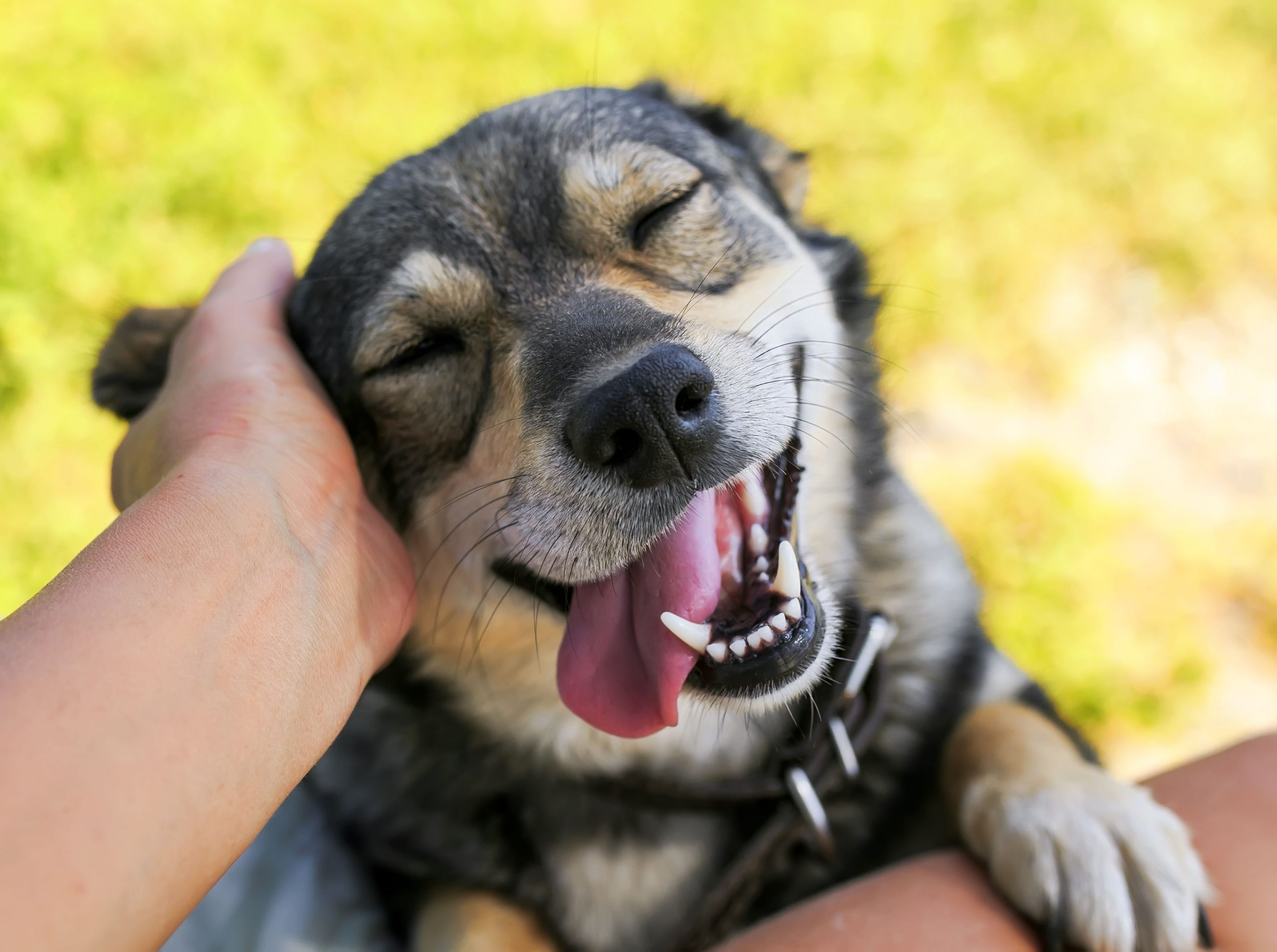The following excerpt is taken from the website www.pet-care.co.za and highlights the dangers of rabies and the simple steps that can be taken to protect your furbuddies and family from rabies.
RABIES PREVENTION
SIMPLE STEPS, SAVES LIVES
What is rabies?
- Rabies is a disease which people can get from animals.
- It is caused by a virus which affects the brain and leads to the death of the person or animal involved.
- The virus is shed in saliva and is spread by the bite of an infected animal.
Animals which can infect people
- Usually dogs.
- Other animals which can infect people are cats, mongooses, jackals and other wild animals.
- Rabies is spread to other animals and people mainly by dogs, blackbacked jackals, yellow mongooses and bat-eared foxes.
Signs of the disease in animals
- Changes in behaviour occur in all animals. Domestic animals can become wild and aggressive (they appear to be mad), while wild animals may become tame.
- Salivation
- Incoordination
- Paralysis eventually occurs, resulting in death.
Dogs: aggression, howling, attacking without warning, salivation, biting at imaginary flies,
fixed stare, wandering aimlessly, dropped lower jaw, inability to swallow, eating soil and sticks, choking, vomiting, difficulty in walking, paralysis
Cats: become very aggressive and attack without any prior warning signs
How are people infected?
- People are infected when they get bitten by an infected animal because the virus spread in the saliva. It is possible for people to be infected by saliva contamination of cuts, the mouth or eyes.
- Animals with rabies may appear to have something stuck in the throat as they salivate excessively. You should take care not to place your hands inside the mouth, because you can contract the disease if you get bitten or cuts on your hands are exposed to saliva.
- Infected carcasses of cattle, sheep, goats, horses and donkeys may be a health threat if these are cut open, because it is possible for people to be infected through cuts or by splashes of brain material or saliva into the eyes or mouth when cutting open the skull and handling the brain of an infected animal.
Signs of the disease in people
- In people, the first signs of disease are headaches, anxiety, fever, vomiting and fear of water. Finally, paralysis, coma and death results.
- It normally takes 2 to 10 weeks for people and animals to show signs of the disease after being bitten by an infected animal.
- Once people or animals actually show signs of rabies no treatment is possible and they will die.
Prevention
- It is very important that dogs and cats are vaccinated to reduce the risk to people and animals.
- Young animals should be vaccinated twice in the first year and then every 3 years, or as often as required by your state veterinary authorities. The vaccine is safe and will not make your animals sick.
- Notify your state veterinarian immediately if you see animals acting strangely and rabies is suspected.
- Do not handle, or go near, strange animals, wild animals that seem tame and do not run away from you, sick animals that are not properly restrained or animals that appear aggressive.
Signs of the disease in people
- In people, the first signs of disease are headaches, anxiety, fever, vomiting and fear of water. Finally, paralysis, coma and death results.
- It normally takes 2 to 10 weeks for people and animals to show signs of the disease after being bitten by an infected animal.
- Once people or animals actually show signs of rabies no treatment is possible and they will die.
Prevention
- It is very important that dogs and cats are vaccinated to reduce the risk to people and animals.
- Young animals should be vaccinated twice in the first year and then every 3 years, or as often as required by your state veterinary authorities. The vaccine is safe and will not make your animals sick.
- Notify your state veterinarian immediately if you see animals acting strangely and rabies is suspected.
- Do not handle, or go near, strange animals, wild animals that seem tame and do not run away from you, sick animals that are not properly restrained or animals that appear aggressive.
Treatment
- If you get treated in time (as soon as possible after the bite) you will not die from rabies.
- If bitten, you should quickly wash the wounds well under running water, using
soap or a disinfectant if possible. Then seek medical attention immediately from the nearest
clinic or doctor. - The doctor or nurse will start a course of injections, which can prevent rabies developing. It is very important that you continue going to the clinic until the course is completed, because you can die if you do not get all the injections. The recommended vaccination programme at present is to give the first injection on the day you are bitten, and the others 3, 7, 14 and 28 days later. A rabies antiserum injection will also be given on the day you are bitten.
You should notify the state veterinarian or police as soon as possible when you are bitten by a dog or other animal.
They will then investigate and if necessary destroy the animal, making sure it is tested for rabies.



